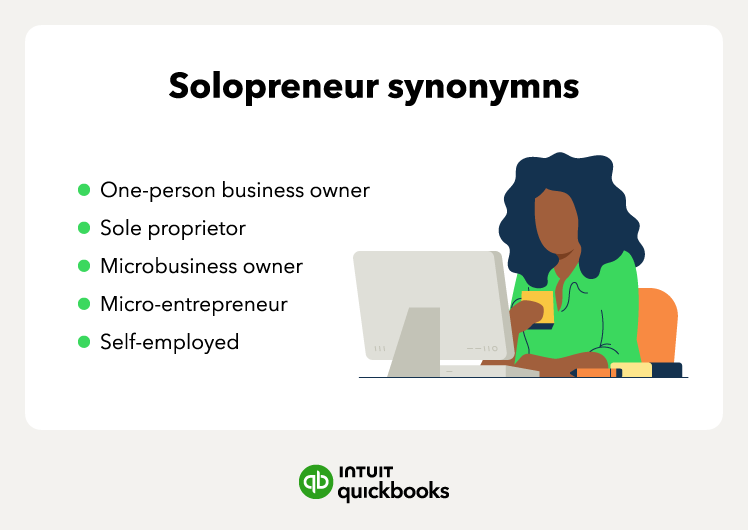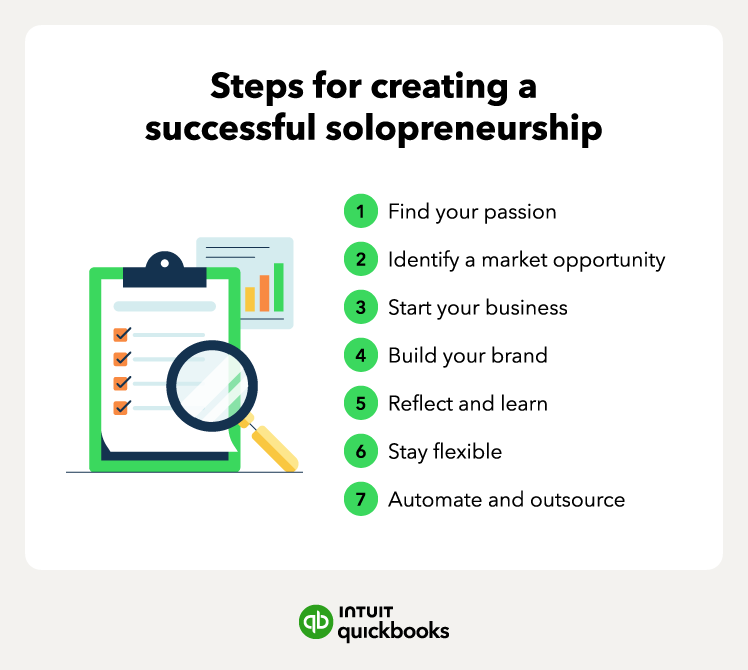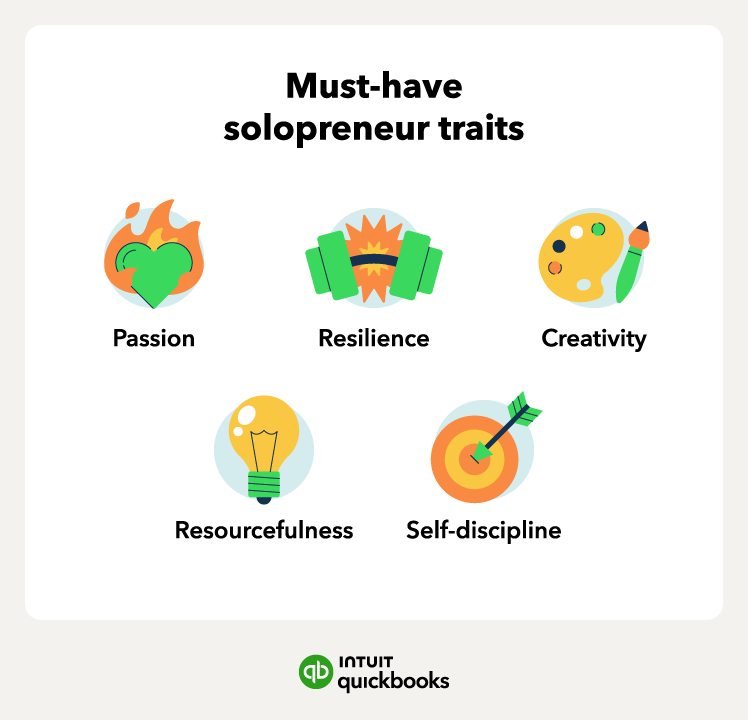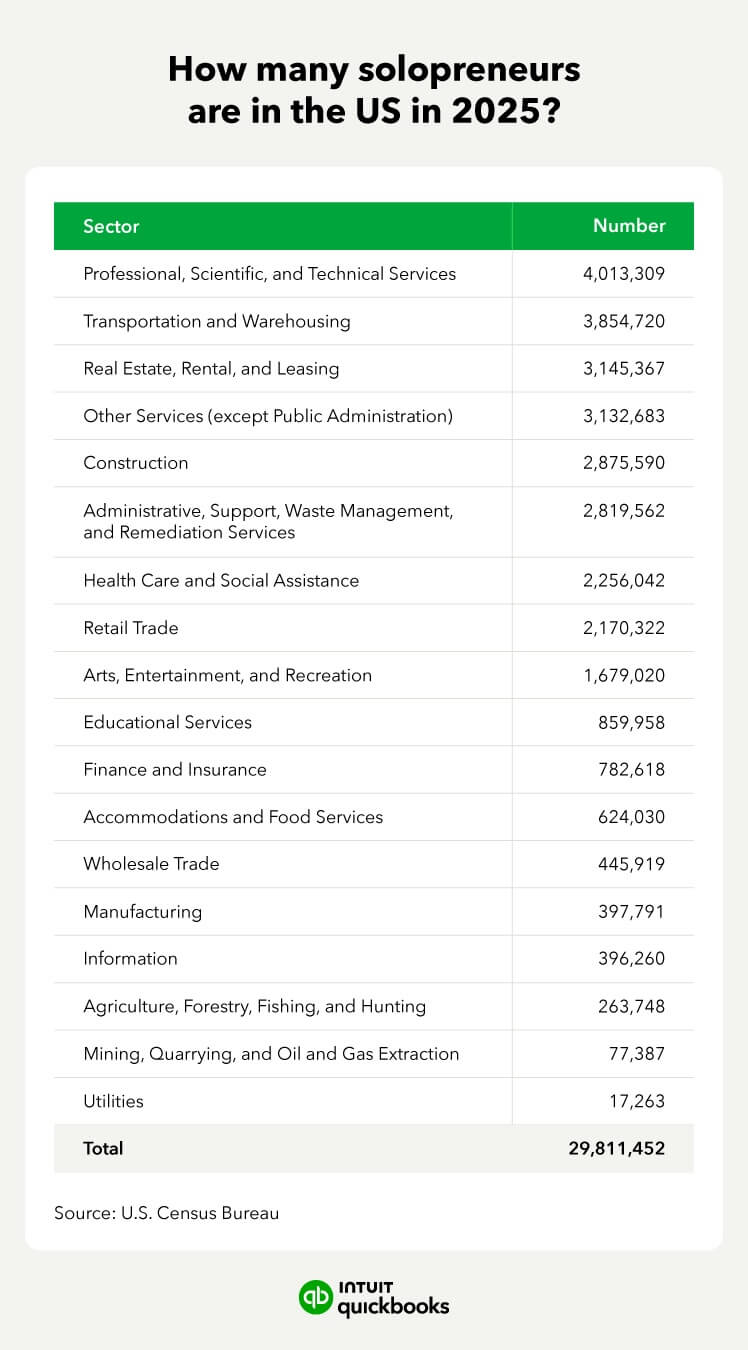1. Find your passion
The first step to becoming a successful solopreneur is to figure out your passion. Ideally, this should align with your strengths and skills.
Here are some tips for determining whether you can turn your passion into a business:
- List all your talents and skills: What are you good at? What do other people say you’re good at? Include the things you enjoy learning about as well.
- Consider your values: Think about the things that are important to you. How do you hope to make an impact in your industry or community?
- Look at your hobbies: What are your interests and hobbies? Consider the activities you enjoy doing in your free time.
Taking stock of your skills, values, and hobbies is a great way to figure out what you’re passionate about.
2. Identify a market opportunity
Do you have in-demand skills, such as photography? Or will you need to use your talents to create a new kind of business? Look for trends related to your passion or industry, and be creative—think outside the box. Consider the problems people are facing and the needs that aren’t being met.
Once you have an idea in mind, research the competition. Identify ways to differentiate yourself from them. Talk to competitors, potential customers, and business leaders in that market. Don’t forget to network with entrepreneurs and other solopreneurs who can share advice and insights.
3. Start your business
There are several ways to set up your business as a solopreneur. The simplest option is to run your business as a sole proprietorship. However, if you want liability protection or tax flexibility, you can form a single-member LLC.
Then, you can request an employer identification number (EIN) or use your Social Security number to open a business bank account.
Like larger companies, many solopreneurs create a business name and logo. Some solopreneurs may opt to use their name for their business. For example, if you’re a web designer, it might make sense to operate under your own name.
4. Build your brand
Now that you have your business idea and plan, it’s time to build your brand. A key component of brand building is thinking of ways to attract customers and stand out from the competition. An effective marketing strategy will leverage various online channels, including websites, social media, and email.
As a solopreneur, it’s important to remember that you are your brand. How you present yourself and the experience you provide will shape your branding.












 Many entrepreneurs start as solopreneurs because they launch their businesses without employees.
Many entrepreneurs start as solopreneurs because they launch their businesses without employees. 





